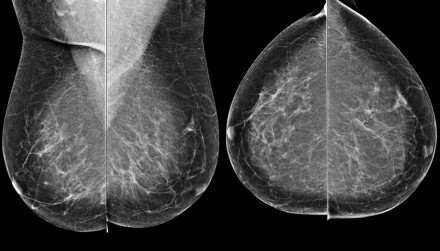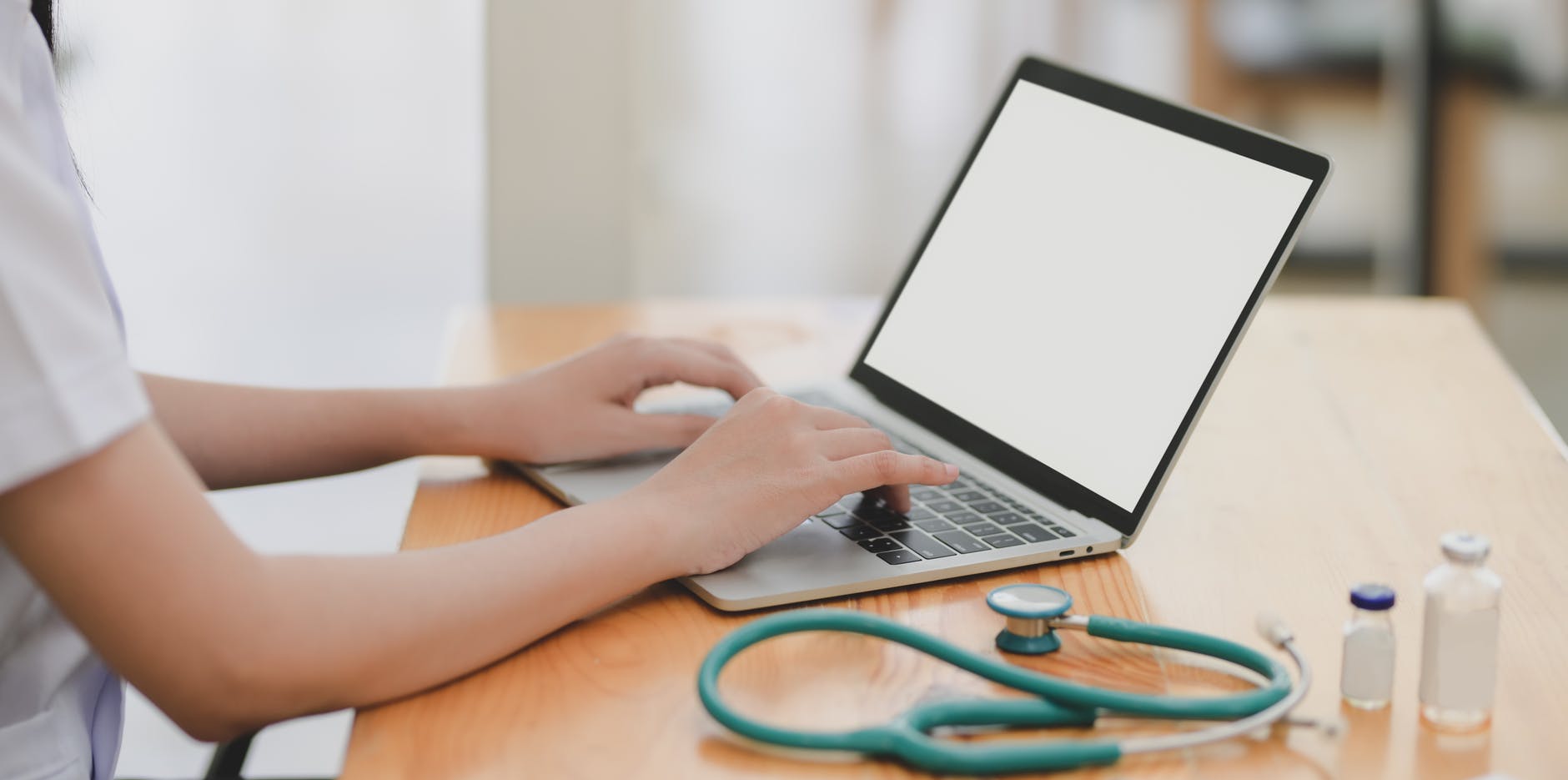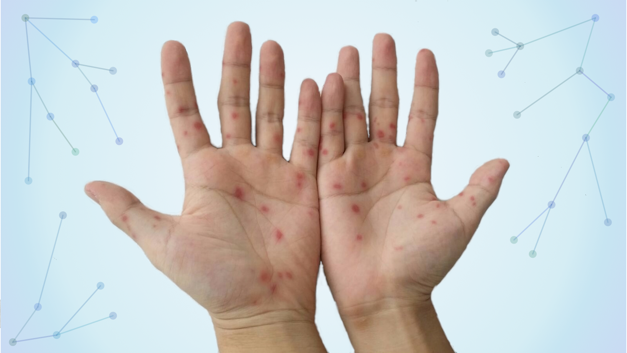Biostatistics & Modelling
The faculty in our domain are research active PIs, leading projects funded by local and international research agencies. A few of these are listed below.

Artificial intelligence for medical imaging
Advances in artificial intelligence (AI) have the potential to revolutionise how medical images are used, by helping doctors make diagnoses quicker and more accurately. A team lead by Mornin’ Feng has been developing AI algorithms to identify the malign lesions from mammograms to assists radiologist to diagnose breast cancer. The developed AI assistant can potential reduce the time needed for diagnosis to a quarter and yet maintain the level of accuracy.
Clinical trial design and analysis
The gold standard for assessing the effects of treatment interventions is through clinical trials. It is important that such trials are well-designed, conducted and analysed to provide evidence of the intervention effect. A/Prof Tai has made a significant contribution to the conduct of clinical trials in Singapore and the Asia-Pacific, in her capacity as a statistical expert collaborator. She has been instrumental in providing scientific inputs and advice to numerous trials at theInvestigational Medicine Unit, NUHS, and beyond.


Infectious Disease Modelling
Hand, foot and mouth disease (HFMD) is a widespread paediatric disease across much of East and Southeast Asia, including Singapore. Although usually mild and self-limiting, in some rare cases complications of infection can result, including death. Researchers in the Cook lab have been assessing the impact of HFMD on families and schools, and modelling the impact of control strategies such as school closure. Read some of their publications here.
In addition, we are active collaborators with other research teams from within the school and beyond. Some of our partners include the National University Health System (NUHS), BII, GIS, NCID and SingHealth, among others. Potential collaborators are invited to contact the relevant Primary Investigator to discuss how we can work together.

